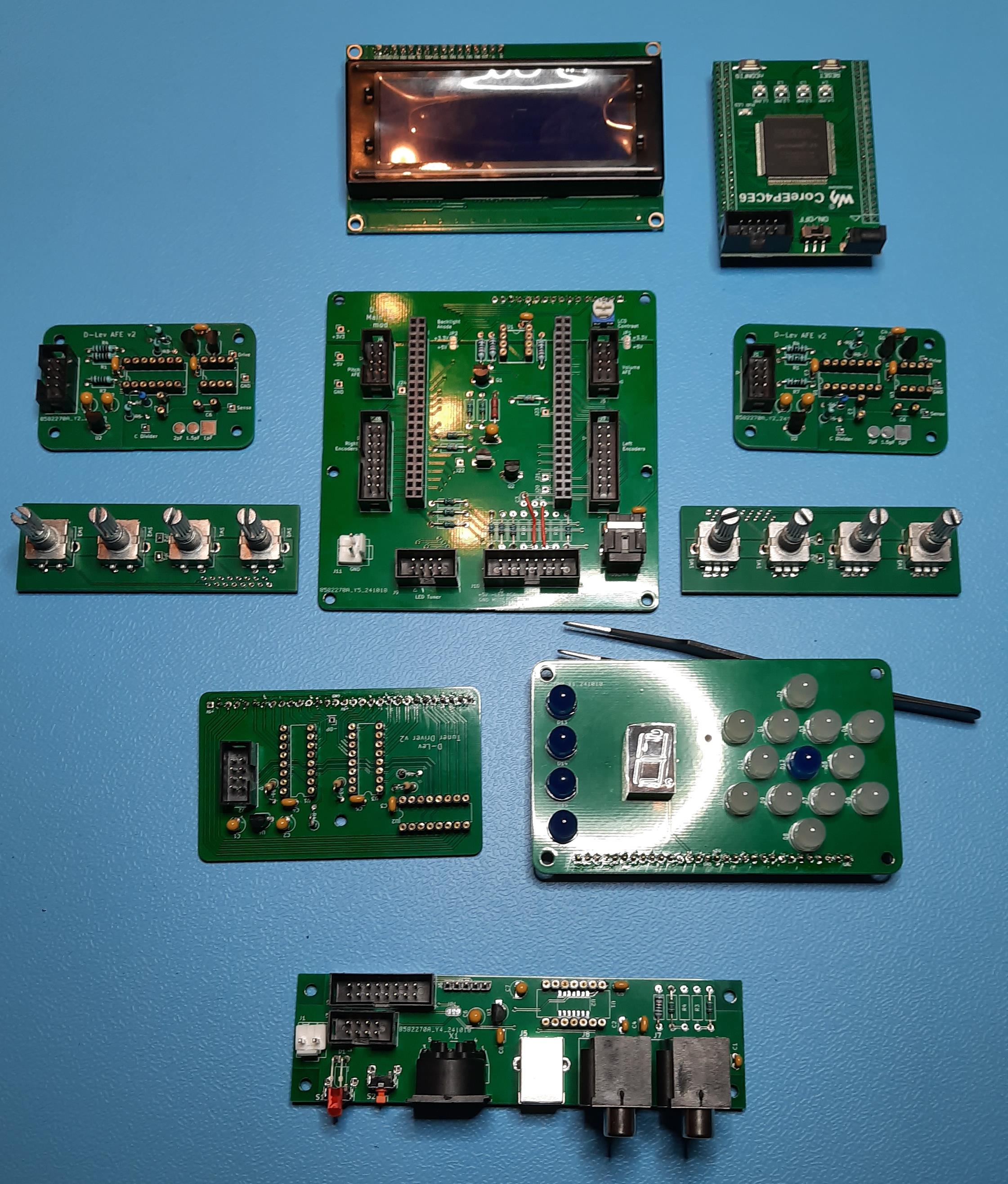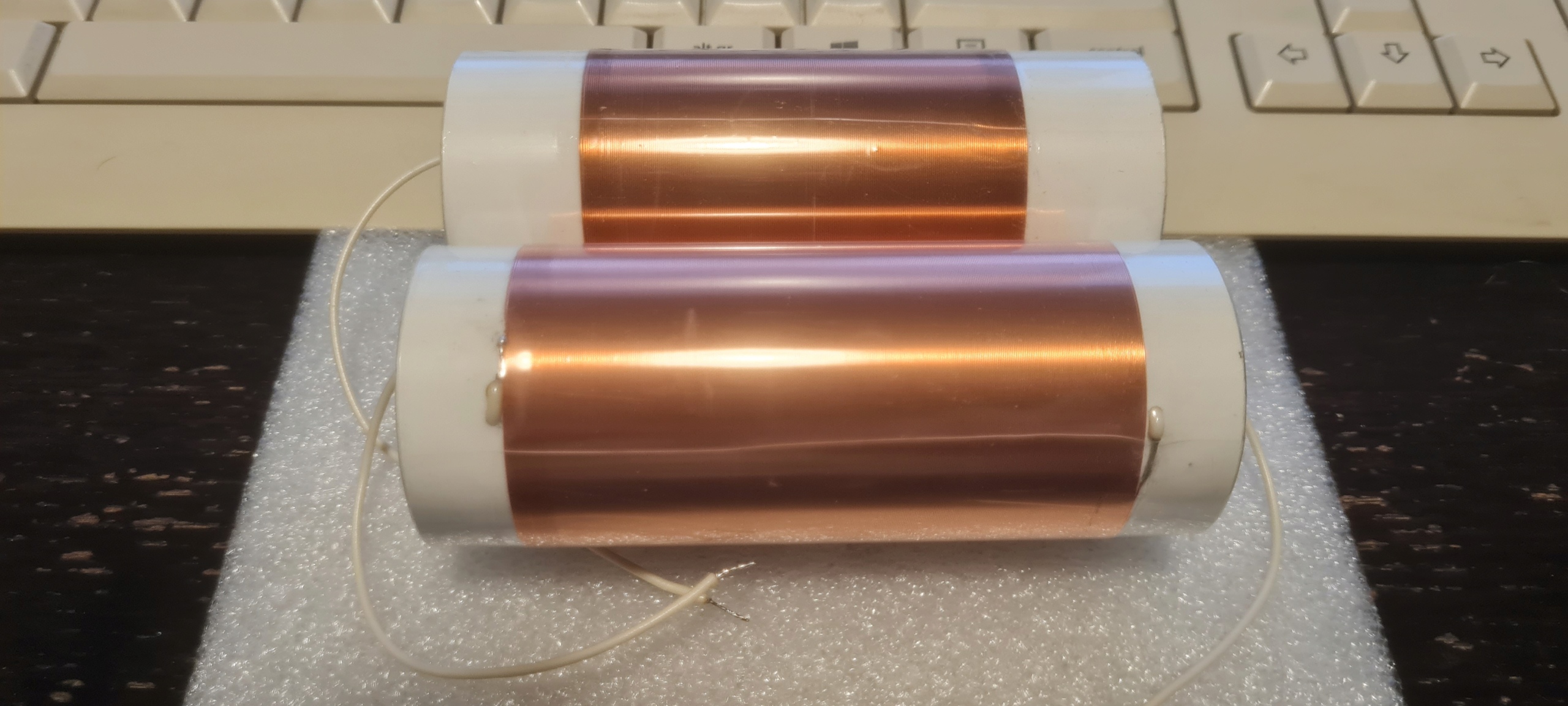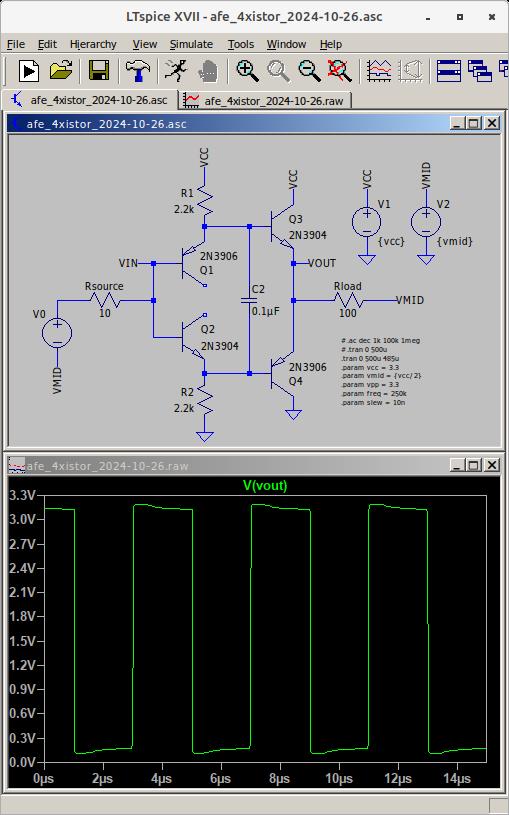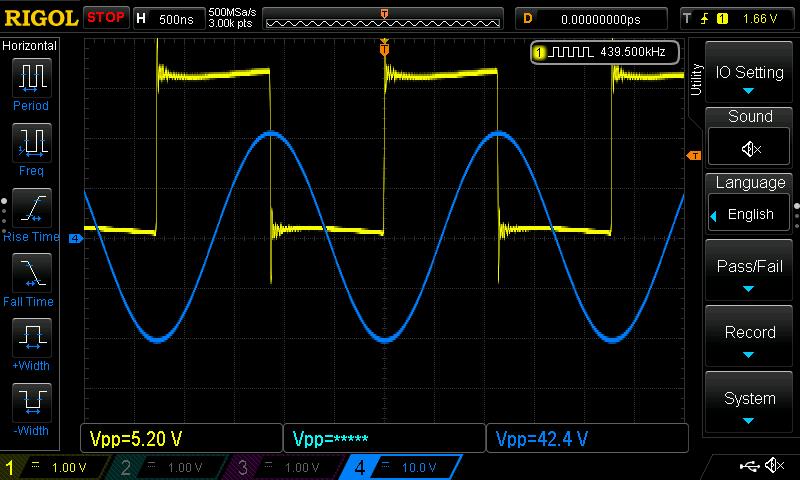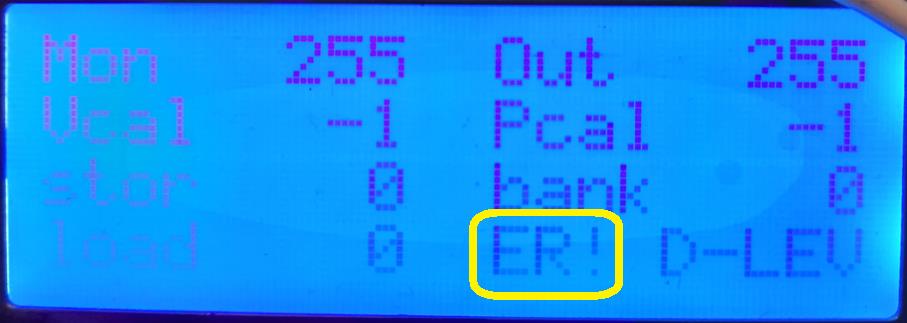"These are the encoders I bought: https://www.ebay.com/itm/293687767788?var=592497324870" - sarob
Yes, EC11 are what I buy too.
"- The encoders should respond without the AFE being connected? The fact the display shows the correct layout means the FPGA build and flash likely went ok?"
Yes, the encoders should work without the AFEs being connected. The display information looks good. And the normal looking values indicate the EEPROM is loading OK.
"- I shorted the ESD and ground pad on the encoder PCB (as discussed in previous post)."
Good.
"Anything I am missing or got wrong from my PCB encoder photos? Any debug hints? Suggested tests? I currently don't have an oscilloscope, but can get one (to look at PWM output signal from encoder)."
My guess is the encoder wiring is jumbled. If you have a DMM, put it in volts mode, connect the negative lead to circuit ground, and look at the voltages on the encoders:
For the group of 3 pins: the middle pin should be ground, the outer two should be +3.3V. Turning the encoder should cause the outer pins to go to ground and then return high.
For the group of 2 pins: one should be ground and the other +3.3V. Pressing the encoder should cause the high pin to go to ground, releasing should make it go back high.
Good luck and welcome to the club!  And I'm always up for a video call!
And I'm always up for a video call!
